Leopard Seal Facts
- This magnificent creation of evolution most typically goes by the descriptive common name of the Leopard Seal for understandable reasons. Yet, it does have a few alternate titles. These include the very similar terms Sea Leopard and Water Leopard.
- Within the scientific community, however, it’s perhaps better know by its technical moniker. Like many such tags, though, it’s somewhat difficult for the layperson to pronounce. That’s because it holds the offical designation of Hydrurga leptonyx.
- The remarkable animal received that name due to the efforts of Henri Marie Ducrotay de Blainville. That noted Frecn zoologist recorded the first recognition of it as a separate and distinct species. He achieved his scientifically noteworthy deed in 1820.
- This astounding ocean-dwelling creature also stands out in the minds of many for several reasons. Among those ranks the fact that it represents the second largest species of seal in the Antarctic. It’s also the second leading predator in its entire region.
- The species remains well known for its unpredictable mood swings. It’s also able to switch from playfully curious behavior to dangerous aggression without warning. Though not generally threatening to humans, individuals do sometimes attack divers.
- Thankfully, the amazing Leopard Seal appears to still be maintaining a population base that’s both stable and sufficient. That pleasant state additionally seems to extend across its entire range. The IUCN therefore currently lists the mammal as Least Concern.
- It nevertheless should be considered as facing at least several potential threats to its existence as a species, at least. Like all forms of life on earth today, most of these stem from the actions of man. They include the danger posed by ongoing climate change.
Related Articles
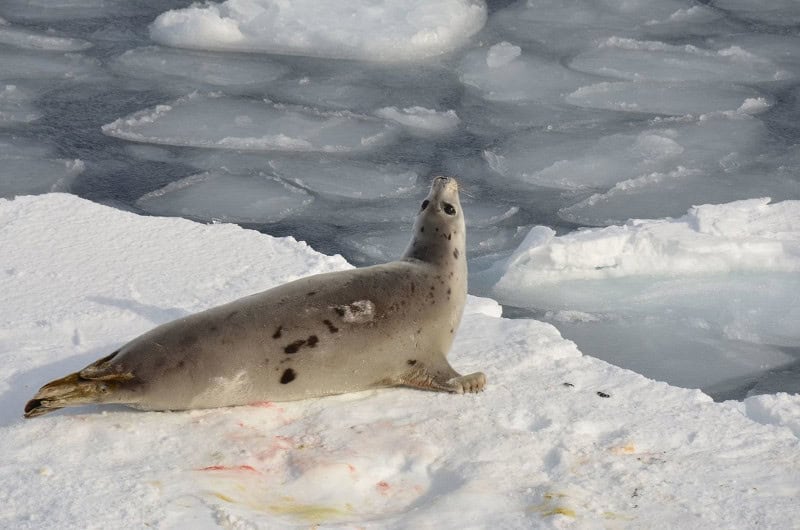

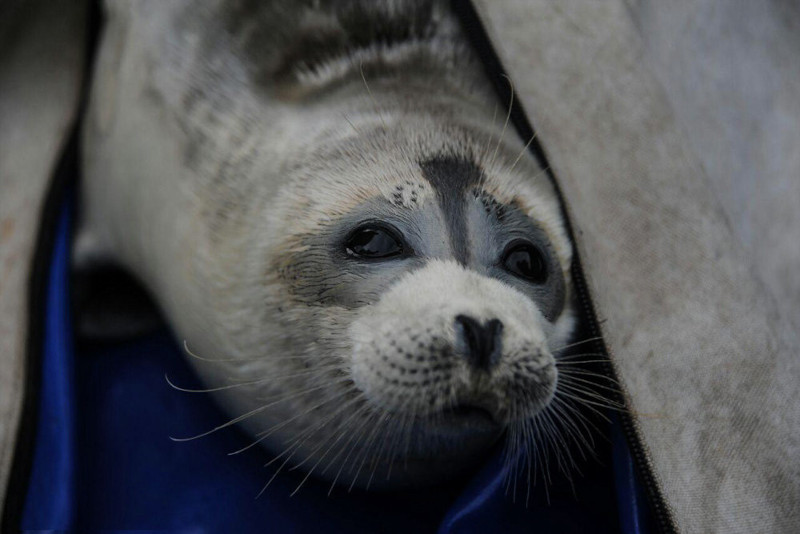
Leopard Seal Physical Description
The fabulous Leopard Seal almost immediately grabs the attention of those individuals fortunate enough to view one of these magnificent creatures. Yet, this usually holds true for several reasons. That’s true since their not only beautiful, but also physically large.
In this regard, the species additionally follows a pattern common among mammals, including its relatives. That’s in the fact that it demonstrates a certain degree of the physical characteristic of sexual dimorphism. In its case, the trait manifests in terms of size.
More specifically, females of the species attain a greater average body size than their male counterparts. This pattern extends to both length and weight. While both sexes have a similar general body shape, the larger size of females clearly remains a distinguishing feature.
Mature females of this extraordinary pinniped species sometimes reach lengths measuring approximately 11.5 ft (3.5 m). Their weights also occasionally total as much as an equally impressive 880 – 1,320 lb (400 – 600 kg). Most, however, never quite reach these maximums.
Males of the species, meanwhile, do not grow quite so large. For them, a mean body length measures roughly 9.2 – 10.8 ft (2.8 – 3.3 m). Likewise typically remaining much less massive, their body weights generally range somewhere between 600 – 880 lb (270 – 400 kg).
Otherwise, the two genders present the same general outward appearance. The animal has a streamlined body well-adapted for swimming. That form’s also elongated, with a relatively small head compared to its body size. The pinniped also has a strong, muscular neck.
The head of the creature evolved as somewhat flattened in design. Its mouth contains large, powerful jaws equipped with sharp, interlocking teeth. The eyes also developed as relatively large, and typically dark brown in color. These provide them with excellent vision.
It’s the skin and fur of the Leopard Seal, though, that leads to the common name. That’s generally dark gray to silver on the back, with lighter, almost white, undersides. The coat’s covered with spots, usually more concentrated on the back and reducing near the belly.
The seal also boasts comparatively long, slender foreflippers, which it uses for powerful swimming. These flippers also develop marked with spots. Its tail stays short, as remains typical of seals, and the hind flippers are large, aiding in its propulsion through water.
- Kingdom: Animalia
- Phylum: Chordata
- Class: Mammalia
- Order: Carnivora
- Family: Phocidae
- Genus: Hydrurga
- Species: H. leptonyx
Leopard Seal Distribution, Habitat, and Ecology
The distinctive Leopard Seal evolved as indigenous to a surprisingly large, and yet hard to define, region of the globe. That’s due to the fact the animal, like all species, has a primary range, yet also occasionally ventures outside of it, sometimes even a long distance.
This wonder of Nature developed as principally native to the area of the globe known as Antarctica. Yet, it also ventures out to numerous sub-Antarctic islands. Incredibly, some individuals even journey as far north as South America, Australia, and New Zealand.
Within that extensive range, the animal displays a decidedly high level of adaptability regarding its choice of habitat. It’s therefore found in a wide range of ecosystems. Most of these, of course, generally share one trait, that of being associated with cold, icy regions.
It’s most commonly found in and around the pack ice surrounding Antarctica. This environment provides it with ample hunting grounds and resting spots. The ice floes serve as platforms from which it can hunt, and also haul out onto the ice to rest, molt, and give birth.
The wonder of Nature’s also often found in the coastal waters immediately around the same area. Here, it’s able to hunt for its various prey as well. These areas also provide rich feeding grounds, particularly during the austral summer when prey’s more abundant.
Although primarily associated with ice, it’s occasionally found in open water, particularly during periods of seasonal ice melt or when migrating. The mammal’s a strong swimmer, and is capable of covering significant distances in search of food or new territory.
The remarkable Leopard Seal isn’t simply a carnivore, it’s also an apex predator in the regions it inhabits. It evolved to thrive on a highly varied diet, including krill, fish, squid, and other marine animals. It’s especially known for preying on penguins and other seals.
Except during the breeding season, it remains a primarily solitary animal. Breeding occurs on the icepack. Females give birth to a single pup each year after an 11-month gestation period. Birth also takes place on the ice, with pups being weaned after about a month.
Species Sharing Its Range
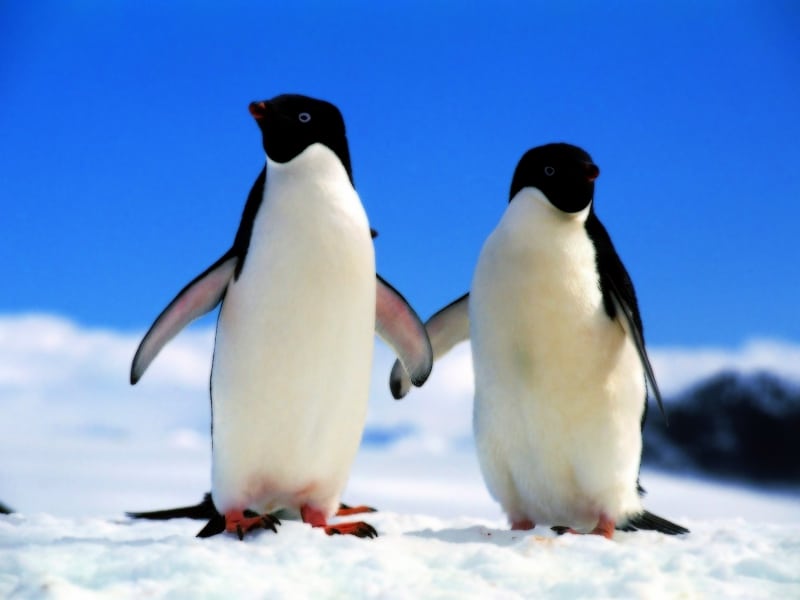
Adelie Penguin
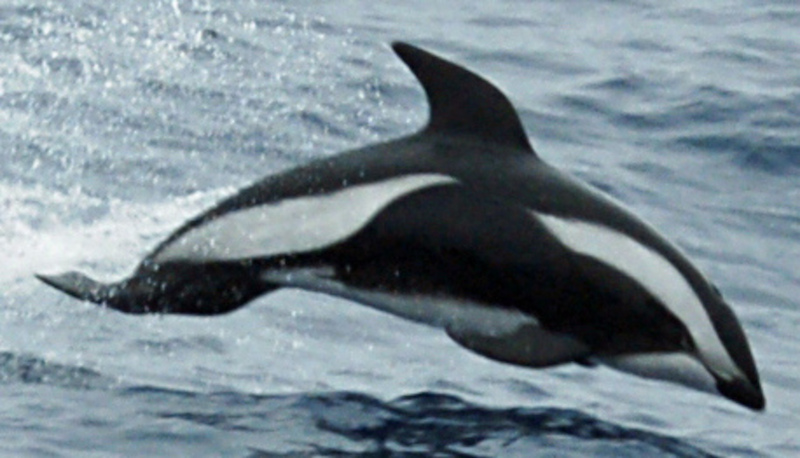
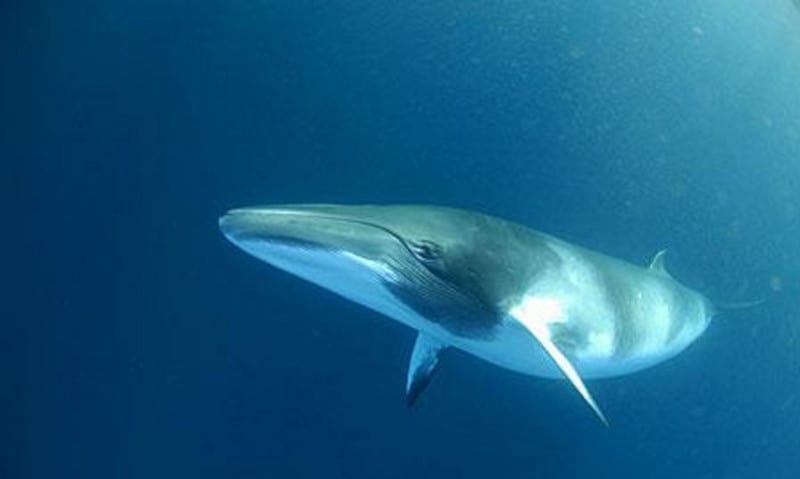
Check out our other articles on, Rose of Jericho, Sperm Whale, Sea Otter, 10 Dazzling Denizens of the Depths, Oilbird, Lord Howe Island Stick Insect, Ascension Island Parsley Fern
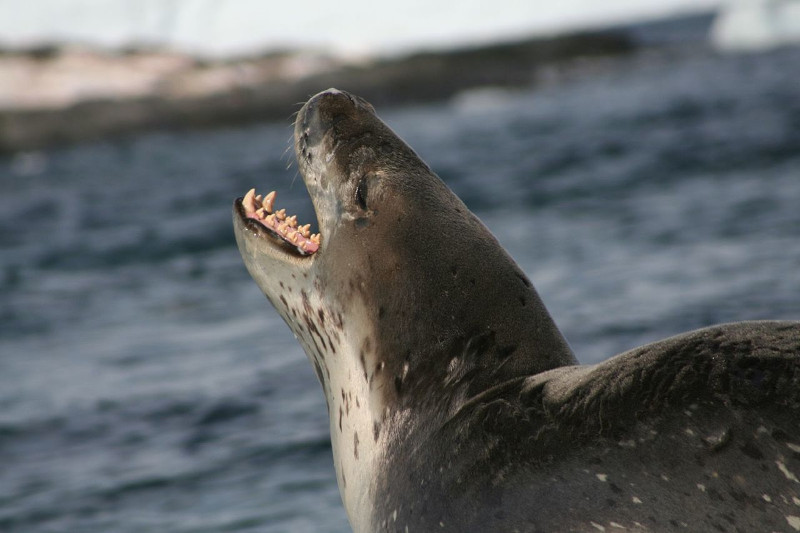
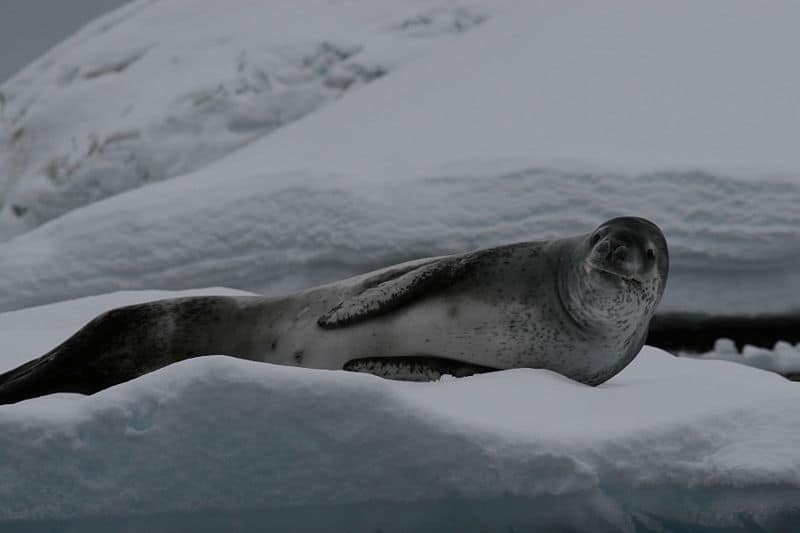
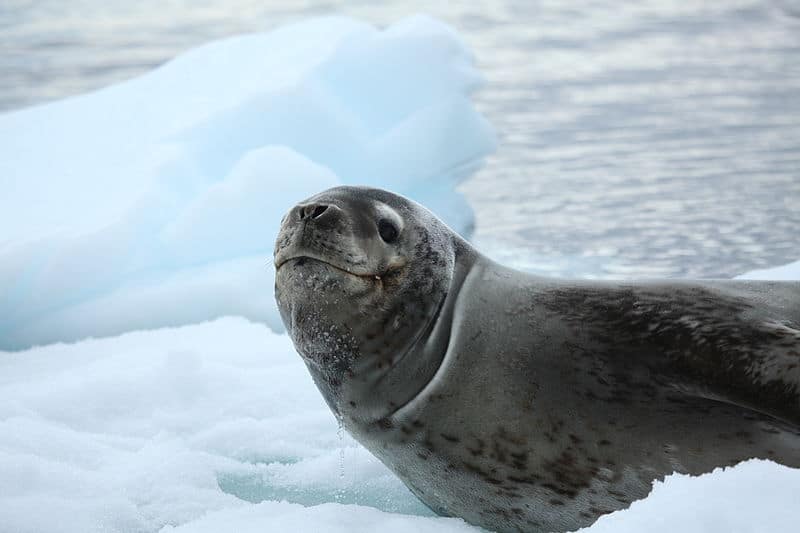









Leave a Reply